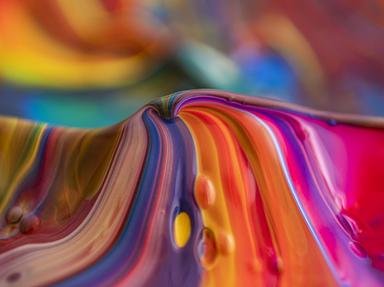Quiz Answer Key and Fun Facts
1. "Le Déjeuner sur l'herbe" (The Luncheon on the Grass) was well received by critics upon its public debut.
2. The 1865 painting "Olympia" depicts a nude fair-skinned woman lying on a bed with an orchid in her hair, and a black cat at her feet, while a dark-skinned servant brings her flowers. What was it about this painting that viewers found shocking at the time of its exhibition?
3. Which 1874 painting depicts what famous artist and contemporary of Manet, noted for his many depictions of water lilies, in his "studio-boat" with his wife?
4. This sensual 1878 painting shows a brunette model wearing a white lace piece and a yellow hat decorated with red flowers. Considering this, what is the rather incongruent title of the work?
5. "The Execution of Emperor Maximilian" (1867) dramatically depicts the shooting of the ruler of which empire?
6. The 1877 painting, "Nana," a portrait of a pretty courtesan, was rejected by the Salon de Paris. Where did Manet decide to exhibit it instead?
7. The pictured 1859 portrait of an alcoholic rag-picker is considered to be Manet's first major painting and first original work. Next to the subject is a half-full glass of what green liquor, popularly known as "the Green Fairy"?
8. The pictured 1872 portrait of Berthe Morisot depicts one of the most celebrated female impressionist painters. What was Morisot's relationships with Édouard Manet?
9. Although more well-known as a portrait painter, Manet painted a number of maritime scenes. The painting depicted here, "The Battle of the Kearsarge and the Alabama," shows a dramatic scene from the American Civil War in which the Union cruiser USS Kearsarge sank the Confederate raider CSS Alabama. In which 1864 battle did this take place?
10. Manet's last major work, "A Bar at the Folies-Bergère", has long puzzled critics, who have complained that features of the scene are physically impossible. However, a study in 2000 proved that the scene shown in the painting could be reproduced accurately in real life.
Source: Author
agentofchaos
This quiz was reviewed by FunTrivia editor
ponycargirl before going online.
Any errors found in FunTrivia content are routinely corrected through our feedback system.
